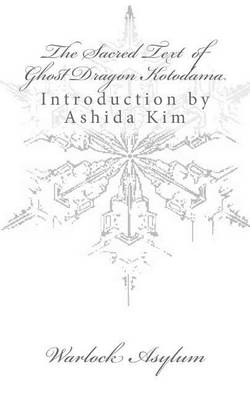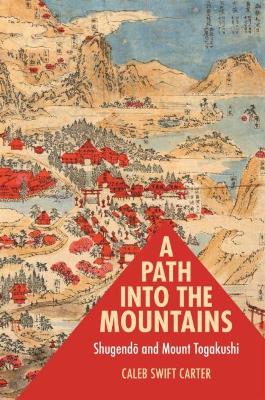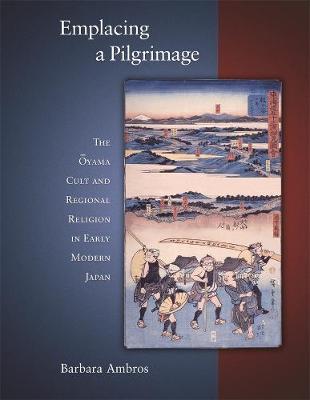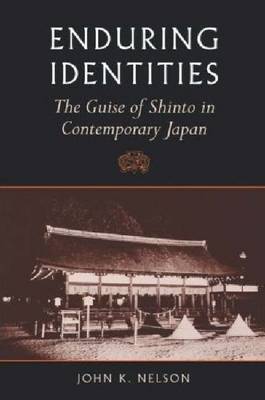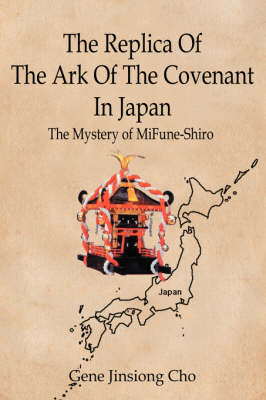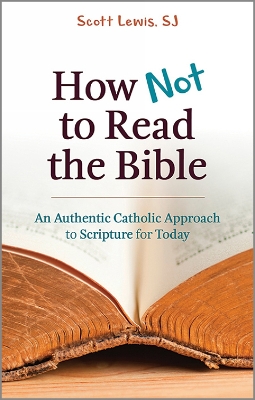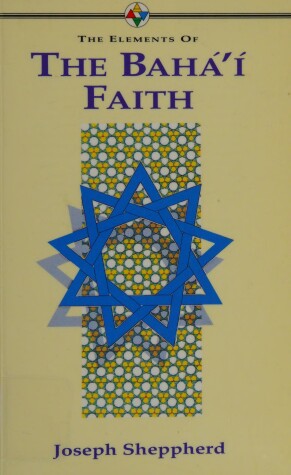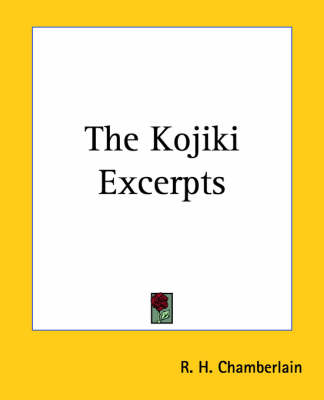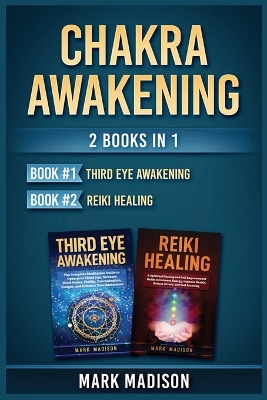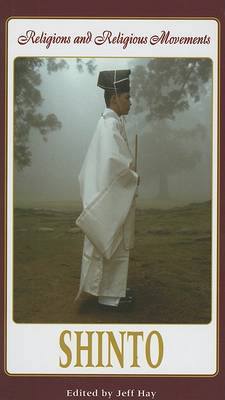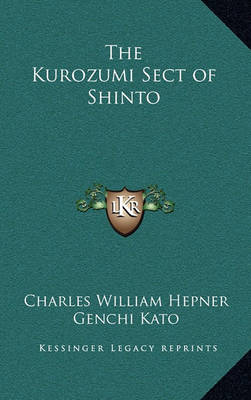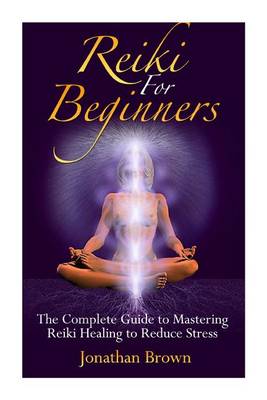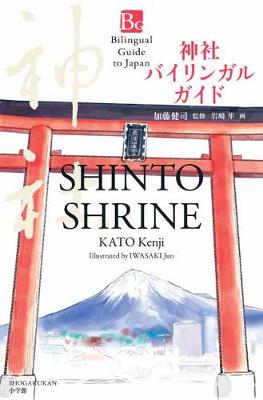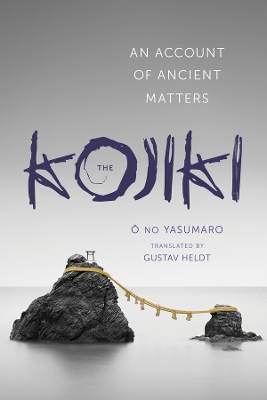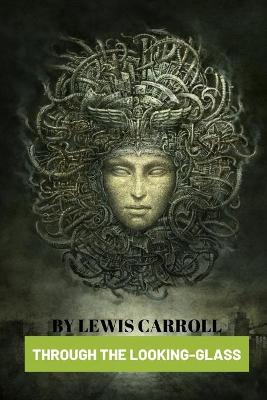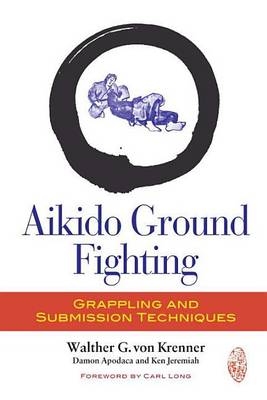Japan's tradition of Shugendō has long been an object of fascination and intrigue among scholars and the general public, yet its historical development remains an enigma. A Path into the Mountains offers a provocative reexamination of the complex social, economic, and spiritual terrain from which this mountain religious system arose. Caleb Carter traces Shugendō through the mountains of Togakushi in Nagano prefecture, while situating it within the broader religious landscape of medieval and ear...
Emplacing a Pilgrimage (Harvard East Asian Monographs, #297) (Harvard East Asian Monographs (HUP))
by Barbara Ambros
Towering over the Kanto Plain, the sacred mountain Oyama (literally, "Big Mountain") has loomed large over the religious landscape of early modern Japan.By the Edo period (1600-1868), the revered peak had undergone a transformation from secluded spiritual retreat to popular pilgrimage destination. Its status as a regional landmark among its devotees was boosted by its proximity to the shogunal capital and the wide appeal of its amalgamation of Buddhism, Shinto, mountain asceticism, and folk beli...
The Protocol of the Gods is a pioneering study of the history of relations between Japanese native institutions (Shinto shrines) and imported Buddhist institutions (Buddhist temples). Using the Kasuga Shinto shrine and the Kofukuji Buddhist temple, one of the oldest and largest of the shrine-temple complexes, Allan Grapard characterizes what he calls the combinatory character of pre-modern Japanese religiosity. He argues that Shintoism and Buddhism should not be studied in isolation, as hitherto...
Enduring Identities
Enduring Identities is an attempt to understand the continuing relevance of Shinto to the cultural identity of contemporary Japanese. The enduring significance of this ancient yet innovative religion is evidenced each year by the millions of Japanese who visit its shrines. They might come merely seeking a park-like setting or to make a request of the shrine's deities, asking for a marriage partner, a baby, or success at school or work; or they might come to give thanks for benefits received thro...
Written by imperial command in the eighth century, The Kojiki: Records of Ancient Matters is Japan's classic of classics, the oldest connected literary work and the fundamental scripture of Shinto. A more factual history called the Nihongi or Nihon Shoki (Chronicles of Japan) was completed in A.D. 720, but The Kojiki remains the better known, perhaps because of its special concern with the legends of the gods, with the divine descent of the imperial family, and with native Shinto. Both works hav...
Studies in Shinto Thought (Documentary Reference Collections)
by T. Muraoka, Delmer M. Brown, and James T. Araki
The Replica Of The Ark Of The Covenant In Japan
by Gene Jinsiong Cho
The Elements of the Baha'i Faith (Elements of ... S.) (Elements of ...)
by Joseph Sheppherd
Offers an overview of this newly emerging religion: how it believes, how its people pray and meditate; its relationship to other religions.
During the late twelfth to fourteenth centuries, several precursors of what is now commonly known as Shinto came together for the first time. By focusing on Mt. Miwa in present-day Nara Prefecture and examining the worship of indigenous deities (kami) that emerged in its proximity, this book serves as a case study of the key stages of "assemblage" through which this formative process took shape. Previously unknown rituals, texts, and icons featuring kami, all of which were invented in medieval J...
Through a series of interviews interspersed with personal observations, this book aims to offer readers the opportunity to discover for themselves the answer to the question, Who are the Baha'is?
When people create new societies, economies, and nations-both now and in the past-they create gods, rituals, and miracles to support them. Even what seem to be some of the most timeless and sacred sites in the world have been shaped, reshaped, and reinterpreted by countless people to produce oases of peace and nature today. Using miracle tales, votive plaques, diaries, and newspapers, Sarah Thal traces such changes at one of the most popular Japanese pilgrimage sites of the nineteenth and twent...
Japan's oldest surviving narrative, the eighth-century Kojiki, chronicles the mythical origins of its islands and their ruling dynasty through a diverse array of genealogies, tales, and songs that have helped to shape the modern nation's views of its ancient past. Gustav Heldt's engaging new translation of this revered classic aims to make the Kojiki accessible to contemporary readers while staying true to the distinctively dramatic and evocative appeal of the original's language. It conveys the...
Aikido Ground Fighting
by Damon Apodaca, Ken Jeremiah, and Walther G. Von Krenner
Aikido Ground Fighting presents effective ground techniques that remain true to aikido founder Morehei Ueshiba's teachings while addressing a potential weakness in the system: while aikido is renowned for its submission and compliance techniques as well as grappling from a standing position, it is not known for its effectiveness when it comes to ground fighting. Aikido Ground Fighting is a unique look at the roots of aikido techniques (in particular, the kneeling practices of suwari-waza) and ho...
